I'm working on the integration of a sensor into an automotive platform, using a standard 12v negative chassis setup. I am trying to understand a somewhat mythical phenomenon that is experienced known as "ground shift". I haven't been able to explain this, but my intuition suggests this is reasonable.
The way it has been "explained" is as such: two ground referenced points on the vehicle may be held at some different potential for some unspecified amount of time due to some form of interference from neighbouring components, or components sharing a common grounding "stud".
For example, when the ABS is actuated and a significant amount of current (hundreds of amps in some cases) is sunk into a particular ground stud, the grounding point becomes an unstable reference. Other components attached to this stud may experience voltage swings on their input pins.
My question is this: is this phenomenon something that truly exists, or is it simply an internal "old wives tale" with little to no basis?
If it does exist, how can it be characterised, and where can I learn more? What is the fundamental electrical principles at play here? Can it be reduced to a representative model circuit? Any experiences would be appreciated.




